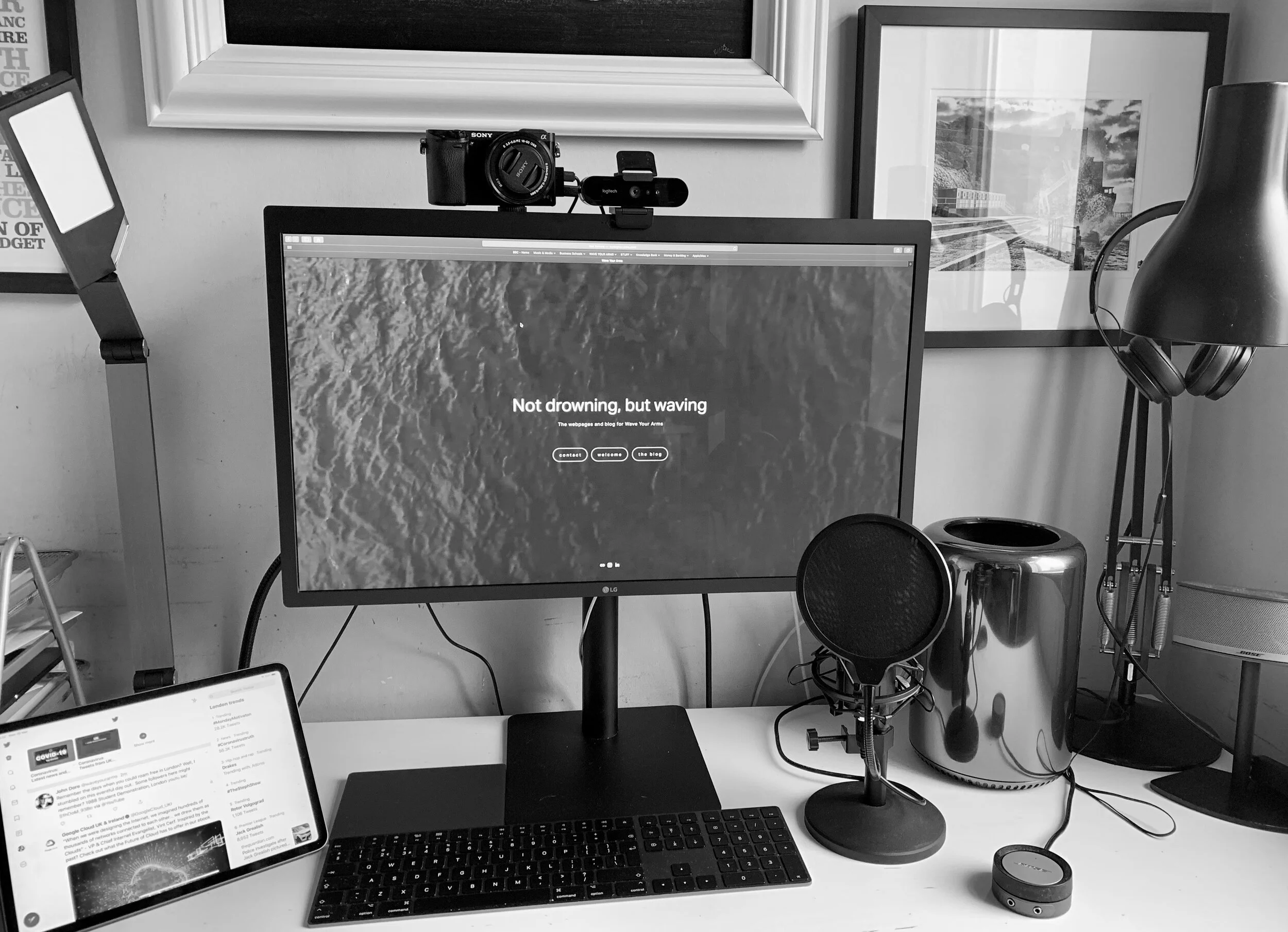These stories are interesting, but it is the terrible decision-makers who fill the column inches and case studies of a business world illuminated by the wisdom of hindsight. Two different stories provide some memorably bad decisions that can help us feel better about our own trivial mistakes.
In 1985, the Apple Board backed a tumultuous decision by its CEO John Sculley to oust visionary founder Steve Jobs, precipitating a decade of faltering innovation and uninspiring products. Jobs went on to co-create Pixar and created an animation movie industry now worth billions of dollars. Jobs returned to Apple in 1997 and the rest, as they say, is history.
Of course, with hindsight, the decision by Sculley and the Apple Board looks foolish, as Sculley himself admitted some years later, regretful that he and Jobs had not been able to find a different outcome.
The risks of single-minded determinism
Another extreme example of a bad decision carried through as a result of single-minded determinism comes from the world of financial services – perhaps unsurprisingly.
In early 2008, Royal Bank of Scotland had more than £2.4 trillion of assets on its balance sheet – higher than the GDP of the whole UK. It was the biggest bank in the world. Its CEO at the time, Fred Goodwin, led RBS’ rapid growth, physically elevated and remote from his 200,000 staff, in an extraordinary office on the ‘pent-house’ level of the corporate HQ. If you were able to get an audience, reportedly you weren’t suffered for long, with Goodwin famously making decisions within his “five-second rule”.
Of course, with hindsight, Goodwin may now regret his decision a year earlier to bullishly overpay for the Dutch financial services group, ABN Amro, which left the group bereft of capital and then helpless amid a global financial meltdown. A year after the ABN deal closed, the bank was bailed out in October 2008 at a cost of £45 billion to the British taxpayer.
A Financial Services Authority (now the Financial Conduct Authority) report into the downfall of RBS in 2011 highlighted Goodwin’s “assertive and robust” management style as a problem for senior colleagues. Ironically, while asking for evidence of the RBS Board’s challenge to Goodwin’s dominance, the same report also highlighted the regulator’s own timidity, deploying only junior staff to review governance at the bank.
Actively seek diverse perspectives if you want to win
Resolving the thorny dilemmas that arise in pursuing a new strategy, executing a plan, or leading change tend not to be epoch-making binary decisions, but finer margin calls, requiring careful judgement. They rely helpfully on gut feeling, but also on good data, critical evaluation, impartial advice and a practiced wariness of the ‘bias’ traps of confirmation, escalation and commitment.
Most of all, good decisions are best not taken in an echo chamber of nodding assent, but among diverse colleagues who feel able to challenge the way we see the world.
The best results arise from teams which harness a mix of skills and a diversity of minds. This is a broad assertion and difficult to prove across the panoply of decisions in complex organisations. Also, of course, leaders can vary and improve their decision-making approach with experience. But we can use small experiments to illustrate problem-solving failings using business games, simulations and management tests.
A favourite of mine is a well-worn test we use with senior audiences in our Executive Education programmes at London Business School. We ask them to work in competitive teams, each challenged to exactly replicate a fabricated product, against the clock. The twist is that only one member of each team, at any one time, can actually see what the product looks like. Good dialogue, consensus and collaboration then become key.
As the deadline approaches, smart decisions about the build process, materials, colours, form and dimensions become increasingly crucial.
Some teams fail the task, give up, or query the process and the available resources. But we also clearly see and unpack some useful learning from those teams who are successful. The heroes in the exercise are seldom those who charge ahead with a confident strategy, executed at speed. Often those teams miss the vital clues around them and the alternative solutions, particularly those within their own team. We observe that the best performing teams have leaders who pause and check with others.
It may be surprising to hear that often the quietest, least assertive team members (who perhaps have a better sense of design and the creation process) are often the ones who shine. The team leaders who actively consult and listen most carefully, are often the ones who win.
Have ‘wonderful arguments’ for best results
Consulting and active listening do not seem to have been the leadership style at Apple and RBS. Goodwin was reputably "somewhat cold, analytical and unsympathetic" in his manner and while he may have sought other’s views, it could have been that his ferocious reputation meant views he didn’t want to hear were seldom volunteered.
At Apple, there were clearly differences on strategy between Jobs and Sculley, though many of the documented disputes seem to have arose from a clash of personalities, notably Sculley’s exasperation with the “mercurial” behaviour of Jobs.
Long before Sculley arrived, Jobs had a reputation at Apple for being a “control-freak” unable to let go of the details. Walt Mossberg (veteran American technology journalist) asked him if his people were ever willing to tell him he was wrong. Jobs said, “Oh, yeah, we have wonderful arguments...if you want to hire great people, you have to let them make a lot of decisions and you have to be run by ideas, not hierarchy. The best ideas have to win, otherwise good people don’t stay.”
The original decision to hire Sculley was Jobs’ own. Following his own beliefs, he exited when Sculley’s manoeuvres within the Boardroom trumped his own “insanely great” ideas.
Three top tips for thinking differently about getting others involved in decision-making
It sounds obvious but the occupants of the Executive Floor are unlikely to be the sole arbiter of good sense in an organisation. Actively seek out views from those ‘distributed leaders’ who deeply understand the organisation and its dynamics. Seek diverse perspectives that are not normally heard, contrarian and counter intuitive.
You may already have ways to encourage your new graduate recruits, or other employee groups, to share their ideas. But every year, an increasing proportion of your audience will not be people you will ever meet at your workplace. So how do you capture the views of the retired, a burgeoning economy of shoppers, browsers and social media users?
Harper Reed is a tech entrepreneur and was Chief Technology Officer for Barack Obama's 2012 re-election campaign. He says we should radically stretch our thinking about how we go about seeking diverse views in a digital world. He famously said: “Products are now for the internet and the internet is a hyper-diverse place. And if you don’t have a team that represents that diversity then your products aren’t going to be any good.”
A version of this article appeared on THINK, the thought-leadership journal for London Business School in March 2020.



























